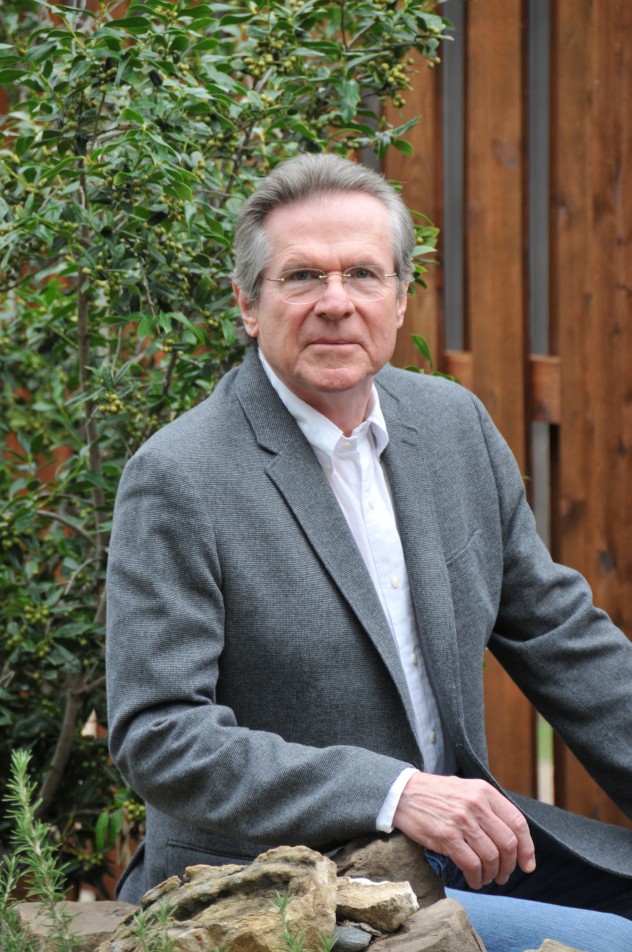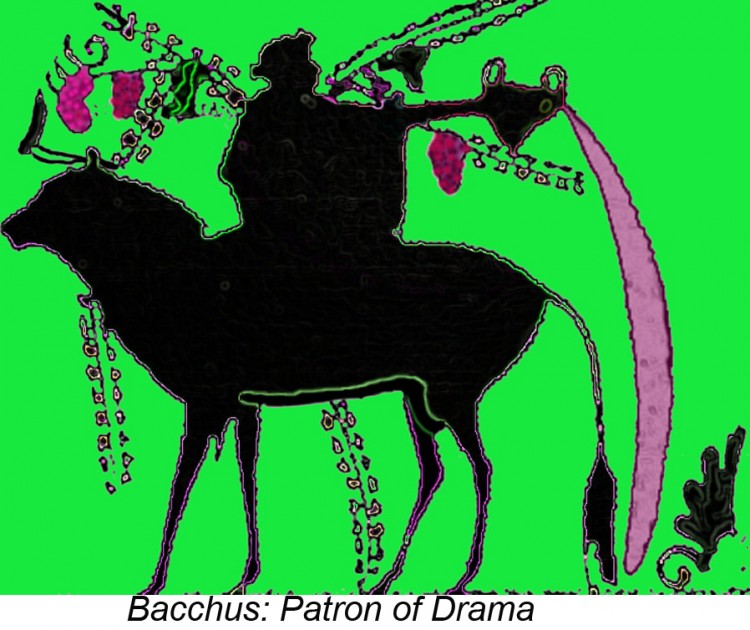Using Dramatic Participatory Processes
By Gregory Lendvay, PhD

Magical teachers are storytellers!
I learned that from an old man that I lived next to as a young child. He set up activities in his garage so that I could join in making things and repairing objects that were broken. He put hand tools on a workbench that were just the right size for a child. I was able to join in the work whenever I showed up. The materials set out on the bench framed certain problems to solve, but the keys to solving them were the relationship and interactions the old man and I shared during the process of instruction. I realize now that this old man was a great storyteller. The materials that were prepared allowed a child to experience a story of creating something and a story of fixing something and even making it better.
I grew up in an environment that wove storytelling into communal events and rituals. Storytelling, then, became a strategy I used as a teacher as soon as I could. What struck me about storytelling with children and adults was that, to really experience the drama of a story, we give of ourselves, our own imaginations, to create an immediate version of the drama as it unfolds within each of us. There is something unprecedented about experiencing the drama of a story. With the imagination, the drama has an “as if for the first time” immediacy.
I began to prepare stories as dramatic, participatory processes, like the old man in his garage prepared interactive work for me. Stories became dramas of communal participation! The classroom is a stage and each student participates directly in the drama. Whether it is a cultural story, a biography, a historical or an environmental event, a myth, or a fable, students are given roles to represent. They can mime the action and gestures or say phrases and repeat the narrative of the action as the drama unfolds.
To make sure that all students can participate in an active, non-threatening way, we can revive the idea of the Greek chorus. The chorus in Classical Greek drama served as a way to use song, dance, and narration to comment on the action. Let the chorus highlight vocabulary and content by repeating key phrases and presenting comments on the actions. Using the chorus throughout the narration of the story continues to build a relationship with students who otherwise might be silent observers. The chorus serves two key purposes: to make sure that all students have an active role in the dramatic presentation, and to highlight the meaning of key terms, phrases, and actions as the story unfolds. All the students, therefore, experience the drama of the story as both actors and audience!
Storytelling as a dramatic participatory process becomes an event wonderful enough to generate students’ inner speech, evoke memories and create new ones, and provide embodied actions that allow the valuing of immediate experiences. The mixture of memory, imagination, and current perception sparks learning that sets hearts on fire.
[This post is based on the article, “Unleash the Drama! Make Vocabulary and Content Come to Life”, by Gregory Lendvay, Ph.D. in Kappa Delta Pi Record (July-Sept 2016)]
imaginED offers a range of support for imaginative teaching including imagination-focused resources for all subject areas and a series about how to maximize engagement in your teaching (Tips For Imaginative Educators). Subscribe today to receive our updates.

